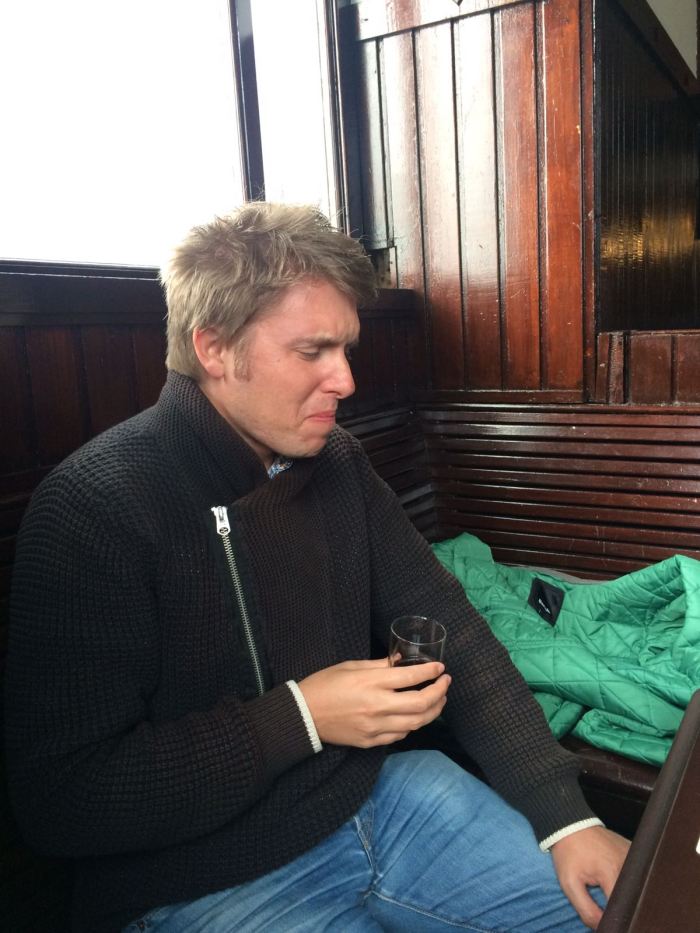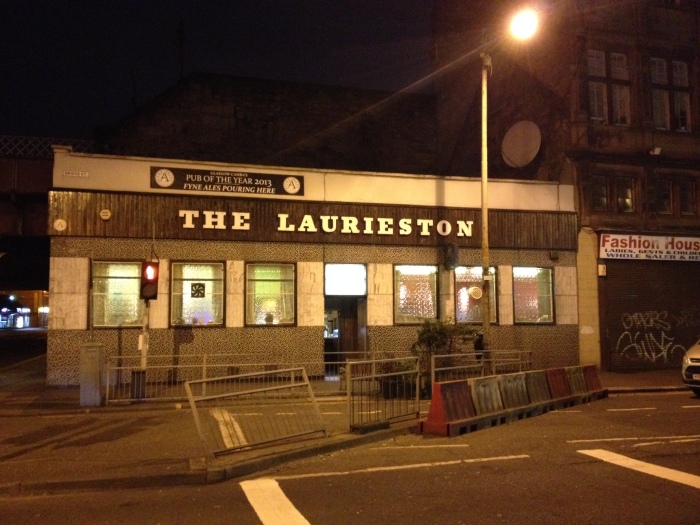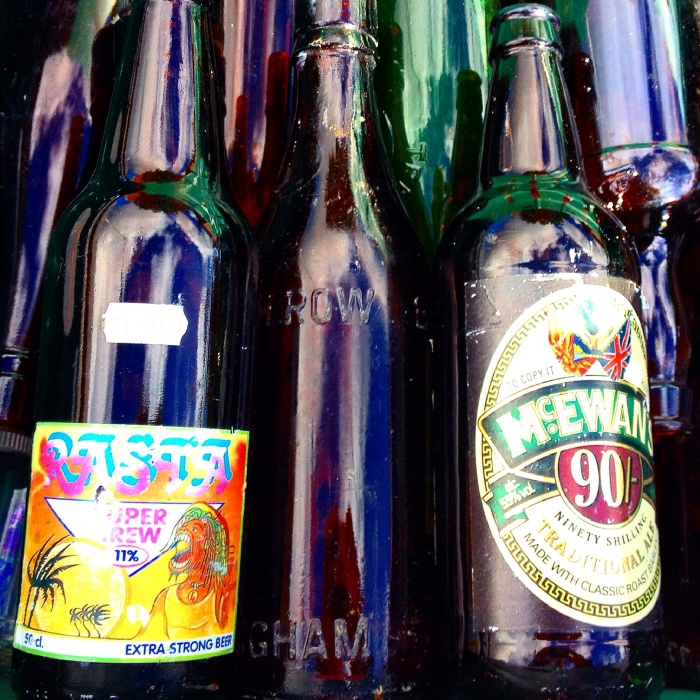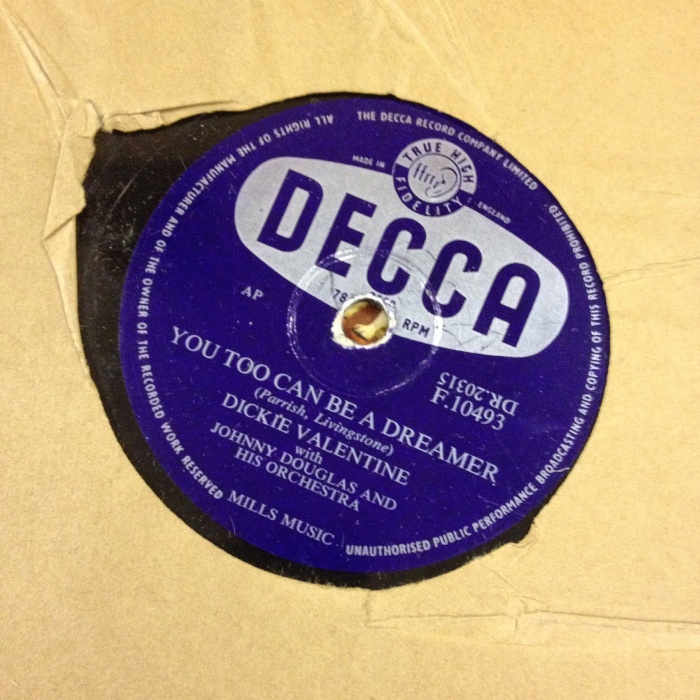There are two Scottish funds listed on the London Stock Exchange, which I would like to focus on in this article. They both have similar names, yet their investment strategies differ considerably. The first of these two funds, The Scottish Investment Trust, is a contrarian value fund. Whilst the second fund, the Scottish Mortgage Investment Trust, is a growth fund.
The Scottish Investment Trust (SCIN) is over 130 years old and was first established in Edinburgh in 1887. Since 2015, the fund has been managed by Alasdair McKinnon with a focus on blue chip dividend paying companies that are out of favour. McKinnon takes a contrarian view to investing avoiding sectors that are hot and investing in companies that are undervalued and where sentiment is poor. The rationale being that when sentiment turns, the value of the companies increase as investors begin to pile in. To be clear, contrarian and value investing don’t mean simply investing in any old company that is down and out and going through a turbulant period. It is important that the company has a margin of safety to ride out any difficult period thus protecting it from having to raise emergency cash and/or ceasing to remain a going concern. It is also equally important that the company has healthy cash flows and a decent track record of this. The amount of cash that a company generates from its operations is a crucial metric and sometimes overlooked. A low P/E (Price To Earnings) ratio is one thing and a significant metric in indicating whether or not a company is overvalued, yet it doesn’t tell the whole story. The level of cashflow generation indicates how much cash a company is generating and the more cash it generates, the more of a financial buffer it has, especially if it’s total operating margins are not very high. It is also important to monitor a company’s total liabilities and how manageable and sustainable they are.
As of 30th April 2020, the largest holdings in SCIN’s portfolio included large gold mining companies such as Barrick Gold and Newmont Mining, large pharmaceutical companies such as Roche, Pfizer and Gilead Sciences and other assorted value blue chips such as United Utilities, Japan Tobacco, BT and Chevron. The gold mining companies have been in the portfolio for sometime. Recently gold has performed very strongly and it’s likely to continue. McKinnon, like myself, is of the view that major fiat currencies run the risk of being debased. Since the last financial crisis in 2008, we have been living through a period of very low interest rates and easy money. The present COVID-19 crisis has only exacerbated this as central banks have reduced interest rates even more and printed unprecedented amounts of money to prop up national economies in the wake of this crisis. Add to this the staggering levels of global government, corporate and household debt and you have a rather fragile situation. McKinnon’s thesis for having exposure to gold is as a form of insurance against this extraordinary macro environment and the real future risks and consequences it carries. He is also no fool by investing only in the biggest and most geographically spread global mining companies with low production costs. Whilst it is true that gold may not currently be unloved, I would still consider it a contrarian investment as it represents, to a degree, a lack of faith and trust in central banks and governments. It is also considered unfashionable. I would argue that newer supply-capped digital cryptocurrencies such a Bitcoin are more fashionable and hotter than gold. Especially amongst younger investors who generally overlook gold and other precious metals as a store of value.
McKinnon deliberately stays away from sectors that are hot and fashionable such as the technology sector. SCIN has absolutely no exposure to FANG (Facebook, Amazon, Netflix, Google) stocks or any other hot tech/startup stocks. The closest thing to tech in the portfolio are it’s holdings in boring and undervalued blue chip communication service companies such as BT, China Mobile, Verizon and Deutsche Telekom. McKinnon believes that the tide will turn regarding the high valuation of many technology companies, as unlikely as this may currently seem, and that value stocks, for a long time overlooked and underperforming compared with their growth counterparts, will prevail in due course.
The Scottish Mortgage Investment Trust (SMT) is currently the most valuable investment trust by market capitalization listed on the London Stock Exchange. As of today, it has a total market cap in excess of £10bn and over the last decade has performed extremely well. The primary reason for its impressive performance has been it’s exposure to all the FANG companies plus a number of other tech investments that have recently done exceptionally well. For example, the fund has a substantial holding in Tesla, whose share price has more than doubled since the beginning of this year. Generally speaking, tech shares have done very well since the COVID-19 induced lockdown measures were put in place over the last few months and the share price of SMT is trading at all time highs.
SMT, like SCIN, is also a very old investment trust with a hundred year plus history having first been established in 1909. It is currently jointly managed by James Anderson and Tom Slater. Anderson has been managing the trust for 20 years with Slater joining him in 2010. Their focus is purely on growth and investing in companies of the future. SMT is everything that SCIN is not. SCIN adopts a Benjamin Graham style value investing strategy. SMT does not embrace this type of strategy and even questions it. This is highlighted in a series of interesting essays written by Anderson and published on the fund’s parent Ballie Gifford website entitled Graham Or Growth?. I highly recommend giving them a read as it provides one with unique insights into Anderson’s way of thinking and by extension the investment philosophy and strategies of SMT.
It is true that growth investing has greatly outperformed value investing since the last financial crisis more than a decade ago. At the very start of 2009 the Russell 1000 Growth Index (RLG) was around 360 points. Today it is almost 1820 points. In this time the RLG index has grown more than 500%. That is highly impressive. By comparison the Russell 1000 Value Index (RLV) was around 446 points on 1st January 2009. Back then the RLV index was higher than the RLG index. The same cannot be said today with the RLV index almost 1,105 points. The RLV index has grown less than 250% during this period. Whilst this is certainly not a poor return, it doesn’t hold a candle to the RLG index’s 500% plus return.
Regardless of which side of the fence I am on regarding value or growth investing, it cannot be denied that both Anderson and Slater are highly skilled and visionary managers with a highly impressive track record for picking winners. It is much harder to quantify growth stocks than value stocks via traditional metrics and methods of fundamental analysis. If one were to just use just those methods when investing, one would have passed on investing in Amazon, Alphabet or Tesla in the early stages of their listings in the public markets. It takes more than just the tried and tested strategies of the past to value these companies and Anderson’s essays make this very clear.
However, it is just simply not the case that all new and exciting tech companies are ‘crushing it’. There have already been some casualties. The one that springs most to my mind has been the downfall of workspace company WeWork. Before the issues of the company came to the fore, it had a valuation of $47bn even though it had vast amounts of debt. Today, it’s worth far less at around $3-4bn. One of the largest investors in the company is SoftBank whose Vision Fund took a massive hit. Fortunately, SMT and its parent company Baillie Gifford, never built up a stake in WeWork over the years, but it could have easily happened here.
The recent WeWork debacle is one of a number reasons that make me nervous about having too much exposure to SMT right now irrespective of its stellar performance. As much as I respect the vision and foresight of Anderson and Slater, I worry that their fund could come a cropper some time down the line if a number of the holdings in the SMT portfolio underwent similar write-offs in value like WeWork. One of the fund’s holdings, Tesla, is probably the most polarised and hyped publicly traded stock in the world today. I have a great respect for its founder Elon Musk, who is a highly driven and exponentially thinking visionary. There is no doubt in my mind that he is special. However, the company could very easily experience a similar WeWork style crisis. No matter how highly I rate Elon, the financial fundamentals of Tesla are fragile and the share price could dive spectacularly in the event of a major existential crisis. This would create a huge dent in the value of SMT, as its Tesla holding currently represents a chunky 10% of the entire portfolio. Together with Amazon (which also represents 10% of the total holdings), it is one of the largest holdings in the SMT portfolio.
McKinnon is very wary of the present high valuations of tech companies and has citied the WeWork situation as a clear and present danger. In a post from December 2019 entitled Peak Unicorn?, he refers to the overvaluation of these exciting multi-billion dollar valued unicorn story stocks as a ‘disruption’ bubble, which has been propped up by an environment of cheap money and will not end well.
The last ten years have been very good for growth and technology stocks, yet it remains to be seen whether the next ten years will be equally magnanimous.
By Nicholas Peart
Published on 27th May 2020
(c)All Rights Reserved
CITED ARTICLES:
https://resoluteoptimism.bailliegifford.com/will-the-mean-revert/
Image: tripsavvy.com
































